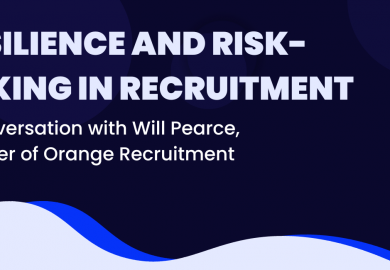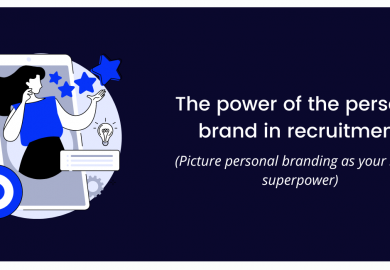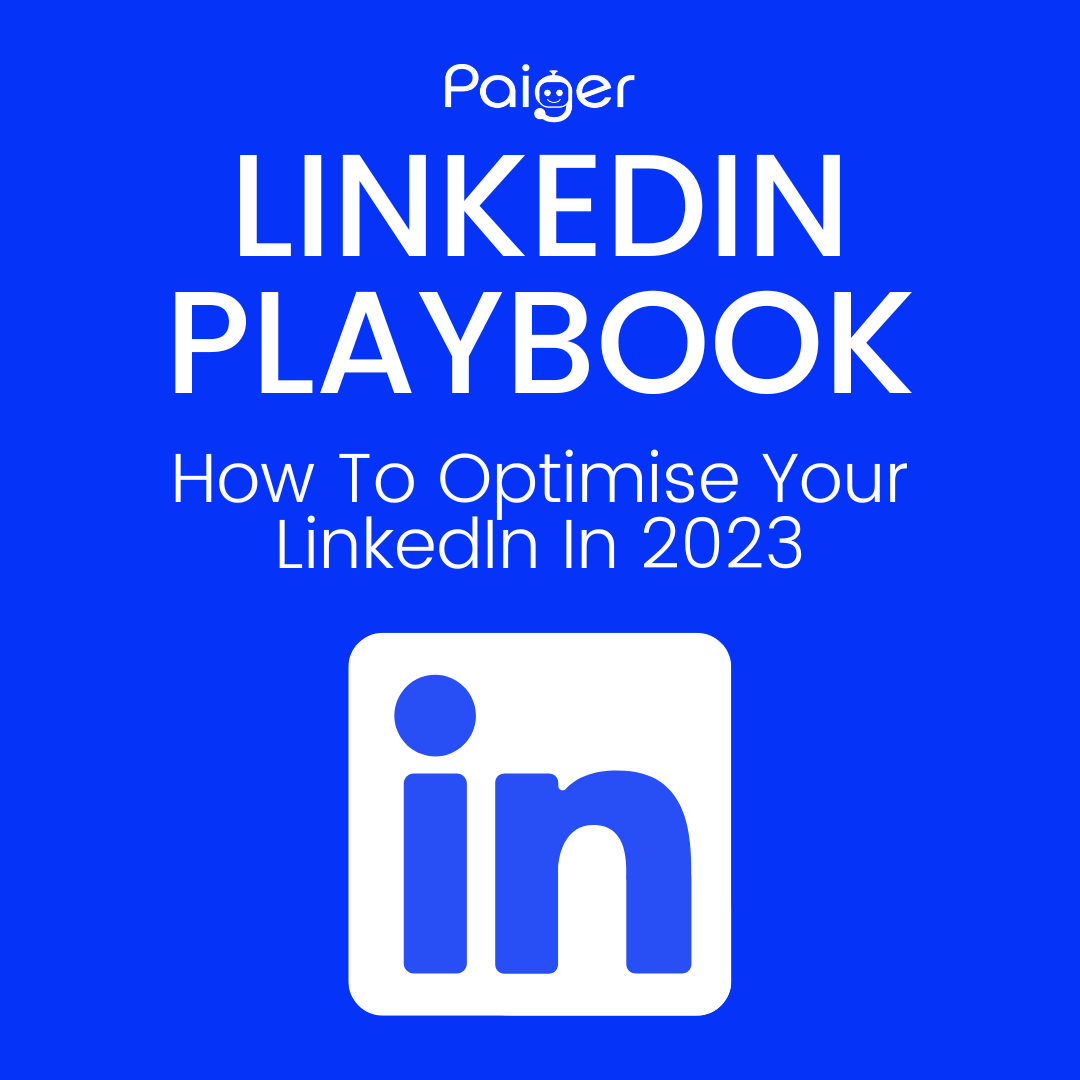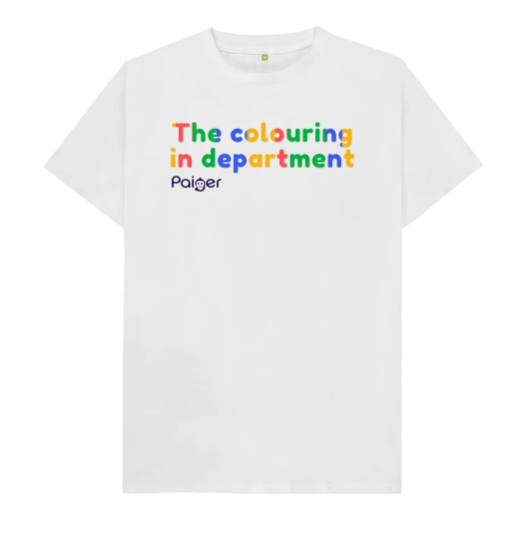Cold Email Outreach: Why Is The Subject Line The Most Important Part?

Your campaign goals have been decided and signed off by management. Your weekly and monthly objectives have been decided, to monitor how the campaign progresses. Your strategy has been executed, your data list of contacts has been extracted. Now, for the important part – it’s time to write the email.
The biggest hurdle to jump over isn’t what to write in the body of the email. (Some might even say that’s the easy part.) The design of the email? Piece of cake. The links to include in the content? No problem.
The biggest hurdle is the subject line.
There are so many reasons why the subject line is the most important part of cold email outreach. Where do we even begin?
You’re Competing With Others In Your Recipient’s Inbox
No matter who you are or what you are sending an email about, you need to envision yourself as the recipient seeing the email in their inbox for the first time, along with twenty other unopened emails. We all do it – open up our emails, scan through them all without opening them, and select which ones we are going to instantly delete, based on who they’re from and what the subject line is.
The reason we do this is that the majority of us are overwhelmed with marketing emails, junk emails, and a hundred newsletters we don’t remember signing up to. So, the first thing to remember is that you need to stand out in the inbox crowd.
Writing your subject line should make the recipient want to open the email because they’re intrigued to find out more. Mailchimp stated that on average, only 21.33% of marketing emails are even opened. Perfecting your subject line will ensure you’re always part of that 21.33%.
Say Enough, But Not Too Much
If you research how many words or characters to include in your subject line, you will find slightly different answers which all pretty much amount to the same advice: don’t write too much, or too little.
If you don’t say enough, it won’t make the reader want to find out more about what’s in the email when they open it. If you say too much, the likelihood is that it won’t even be read properly when they are scanning through their inbox.
An example of a subject line that is too short could be:
“Job Opportunity.”
An example of a subject line that is too long could be:
“Marketing Manager job opportunity, based in Birmingham, sales industry experience is preferred.”
An example of a happy medium, in terms of word and character count, is:
“James, are you our next Marketing Manager?”
Personalise It, If Possible
It’s not always an option to be able to personalise your subject line, depending on what the email is about. However, if it is possible and you think it sounds relevant, this is a brilliant way to catch your recipient’s attention.
Most email marketing platforms will allow subject lines to be personalised without you having to do it manually, simply by taking the recipient’s first name out of the data list you upload. If you have this option, your email subject line could look like this:
“Leah, have you seen our 50% off sale?”
Seems like a simple change, doesn’t it? Compare it to the unpersonalised option:
“Have you seen our 50% off sale?”
Ask yourself: which one would you be more likely to open? That’s because personalised emails have 29% higher unique open rates, and 41% higher unique CTRs than non-personalised emails.
Experiment With Your Audiences
The best way to find what kind of email subject lines do and don’t work for your company is to experiment with your audiences. Trying out different wordage, personalised content, casual vs formal tone and different lengths will give you an insight into what your audience is interested in, and what they aren’t.
Monitoring your open rate and click-through rate is easily done through any email marketing platform, but make sure you also monitor the subject lines with the highest and lowest rates. Over time, this is likely to show you a pattern of what will and won’t work with email marketing campaigns, based on the audiences you are sending them to.
It may take some time to see patterns in what brings in a high open-rate, so until you’re able to spot the signs, don’t forget the key points:
- Stand out in their inbox
- Don’t sound like a spam email
- Don’t say too much, or too little
- Make it sound intriguing
- Ask a question if it’s relevant
- Personalise it, if possible
Recent Posts
Resilience and risk-taking in recruitment: a conversation with Will Pearce
Categories
Check this out
2023 updates and tips to get the maximum reach of your posts
Passive Aggressive Marketing T-Shirts, All For Charity
Learn how a startup is tackling marketing
Featured Posts
Resilience and risk-taking in recruitment: a conversation with Will Pearce
Paiger acquires The Lonely Marketers
The power of the personal brand in recruitment
Archives
- September 2023
- June 2023
- May 2023
- April 2023
- March 2023
- February 2023
- January 2023
- December 2022
- November 2022
- October 2022
- September 2022
- August 2022
- July 2022
- June 2022
- May 2022
- April 2022
- March 2022
- February 2022
- January 2022
- December 2021
- November 2021
- October 2021
- September 2021
- August 2021
- July 2021
- June 2021
- May 2021
- April 2021
- March 2021
- February 2021
- January 2021
- December 2020
- November 2020









